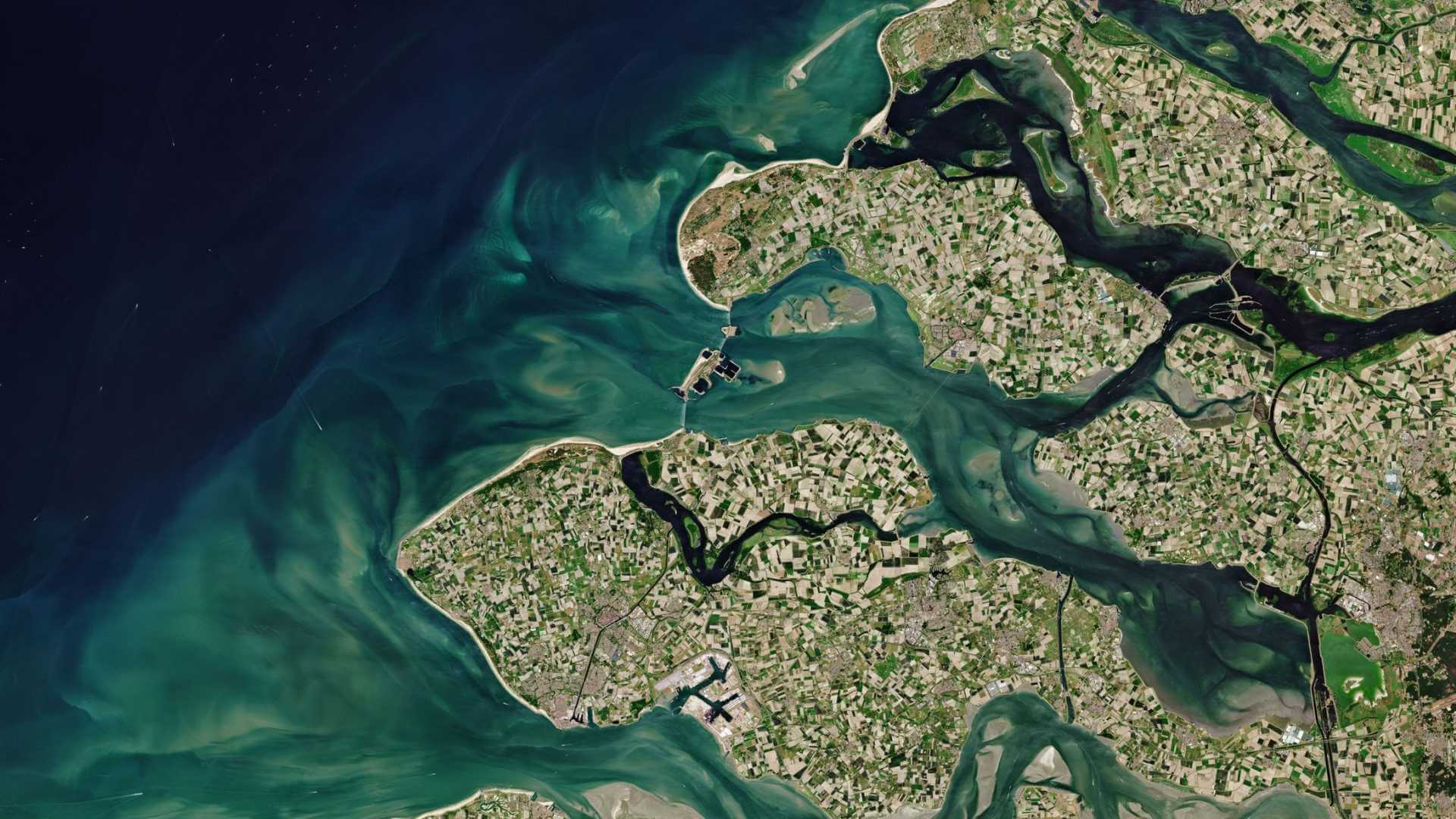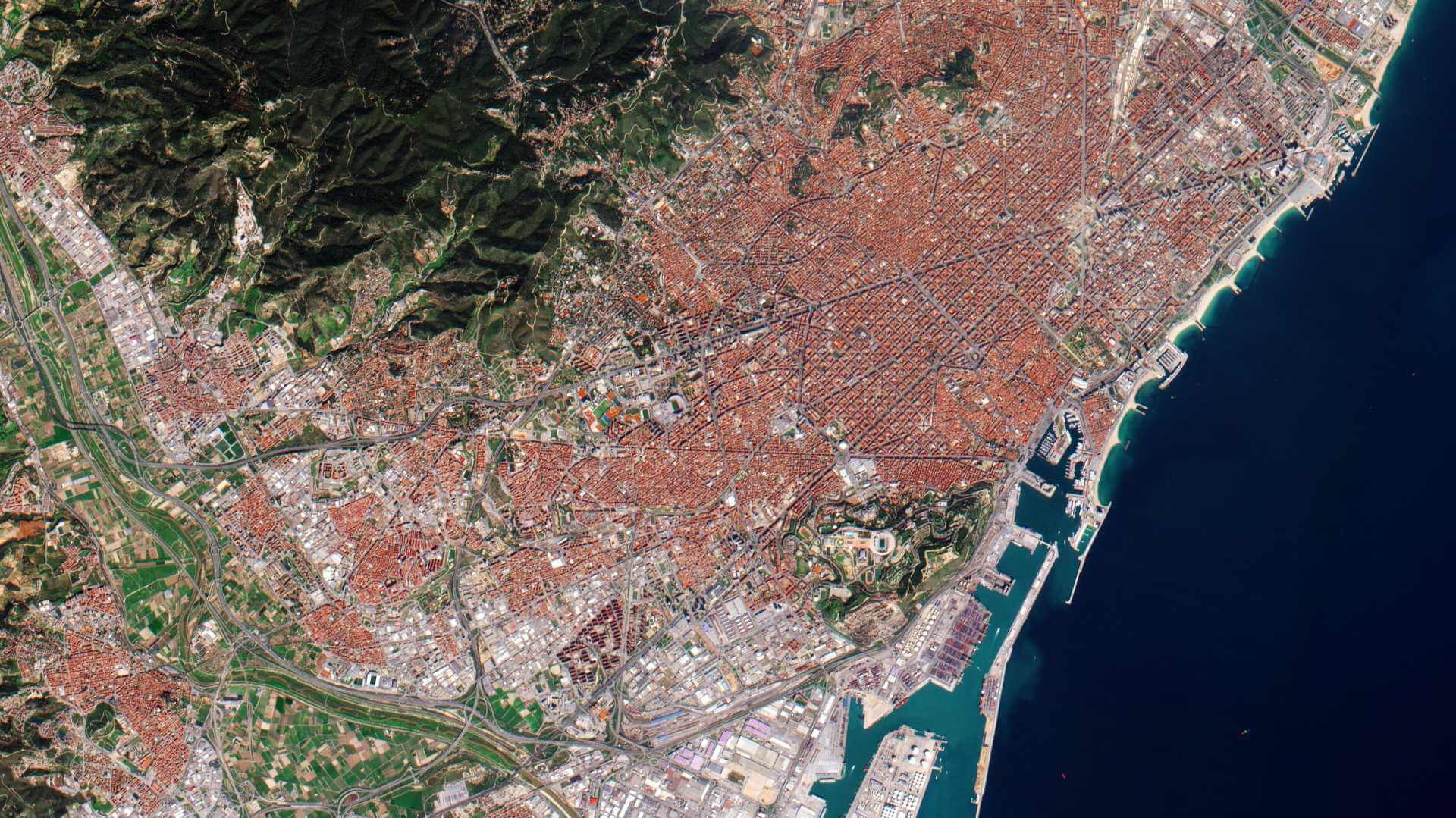Featured
About Landsat-1 to 3
The Landsat programme is a joint USGS and NASA-led enterprise for Earth observation that represents the world's longest running system of satellites for moderate-resolution optical remote sensing for land, coastal areas and shallow waters.
The first Landsat mission was launched in 1972, and was the first Earth observation satellite with the goal to monitor the world's land. It was soon followed by successors, and the series continues to this day.
| Landsat-1 | Landsat-2 | Landsat-3 | |
| Operators | NASA (National Aeronautics and Space Administration) | NASA | NASA |
| Launch Dates | 23 July 1972 | 22 January 1975 | 5 March 1978 |
| End of Service | 6 January 1978 | Removed from operations on 25 February 1982. Decommissioned on 27 July 1983. | Placed in standby mode on 31 March 1983 and decommissioned on 7 September 1983. |
| Orbit Height | 907 km | 908 km | 917 km |
| Orbit Type | Sun-synchronous near-polar | Sun-synchronous near-polar | Sun-synchronous near-polar |
| Inclination | 99.2° | 99.2° | 99.2° |
| Repeat Cycle | 18 days | 18 days | 18 days |
| Equatorial Crossing Time | 9:30 a.m. | 9:45 a.m. | 9:30 a.m. |
| Onboard sensors provided under TPM | Multispectral Scanner (MSS) | MSS | MSS |
Landsat-1 to 3 are part of ESA's Third Party Missions Programme, in which ESA has an agreement to distribute data products from the missions.
Landsat-1 to 3 Objectives
The primary mission objective was to monitor Earth resources with two imaging systems and to achieve periodic and complete coverage of the United States via multispectral, high spatial resolution images of solar radiation reflected from the Earth's surface.
Landsat-1 to 3 Instruments
The Multi Spectral Scanner (MSS) instrument was carried onboard the Landsat-1 to 5 missions between 1972 and 2013. The objective of MSS was to provide repetitive daytime acquisition of high-resolution, multispectral data of the Earth's surface on a global basis and to demonstrate that remote sensing from space is a feasible and practical approach to efficient management of the Earth's resources. find out more
The Return-Beam Vidicon (RBV) instrument was carried onboard the Landsat-1 to 3 satellites between 1972 and 1983. It consisted of three co-aligned television cameras, one for each spectral band (band 1: blue-green, band 2: yellow-red, band 3: NIR). RBV measurements of reflected solar radiation were only conducted in daylight.
find out more
Landsat-1 to 3 Data
DATA COLLECTIONS
ESA offers to registered user the access through the Online Dissemination server to the following data collections:
DATA QUALITY
Quality Control is monitoring routinely the status of the spacecraft (payload and platform) and to check if the derived products meet the quality requirements along mission life-time. Learn about the quality control activities for the MSS instrument:

